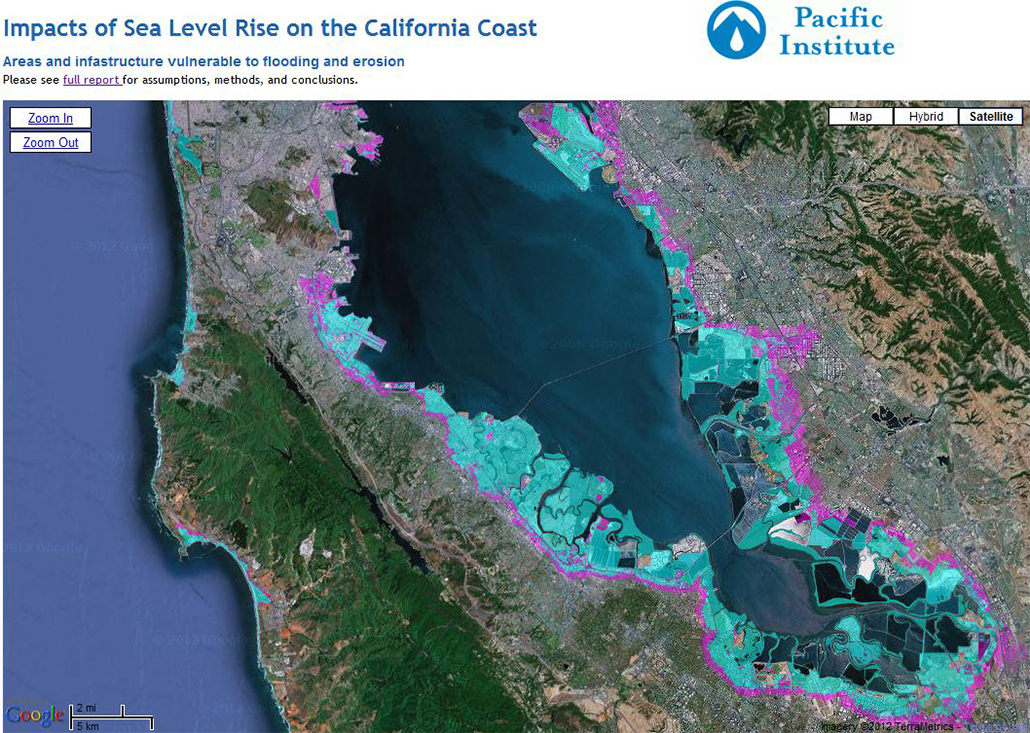Energy and Environmental Innovation for Growth in California
Place: California • Date: 2008 • Partner: Next10 Foundation
Project Summary
With the passage of the Global Warming Solutions Act (Assembly Bill 32) in 2006, the state of California embarked on a new path toward more sustainable economic growth. California’s response to rising levels of global warming pollution (GWP) has drawn the world’s eighth largest economy into an unprecedented policy dialogue that will influence energy and environmental decisions around the world. Within the state, it is widely acknowledged that GHG policies already implemented and under consideration will have far reaching economic consequences, yet the basis for evidence on these effects remains weak. This report is part of a series of studies that will improve public and private awareness of climate policy options and their economic implications.
Two central perspectives emerge in the present analysis. Firstly, although climate change is in the first instance about environmental processes, for society it represents a momentous economic agenda. Both the risks of climate damage and the rewards of effective adaptation implicate the most fundamental determinants of our livelihoods, including employment, income, and consumption patterns. Secondly, the public interest in climate change is so great that national, state, and local government all have responsibility to address it, yet public intervention can never meet this challenge alone. To achieve the changes needed for a sustainable, low carbon future, the creative and economic resources of private agency must be committed to far-reaching innovation.
Our estimates indicate that California’s current policy commitments, as expressed in the Air Resources Board’s recent Draft Scoping Plan, can achieve the state’s 2020 emission targets and promote economic growth by doing so. Moving beyond this to the longer term goals of 2050, however, will require nothing less than a New Green Revolution. While its predecessor focused on rural households, farming, and food in poor societies, this revolution will fundamentally alter behavior, technology, and resource use across modern society. To achieve such change will require combined hard (technological) and soft (institutional) innovation on a scale that is probably unprecedented.
To effectively support this transformation, governments need to enunciate clear objectives, sustained commitments, and flexible, incentive based solutions. In this report, we review a broad spectrum of innovation opportunities across the California economy, suggesting how each might contribute to a more energy efficient, low carbon future. If energy and environmental innovation take their rightful place among the state’s knowledge intensive industries, California can become a vibrant incubator for the New Green Revolution, securing its energy future and extending its legacy of prosperity through innovation.
Most Recent Entries

Low Carbon Biomass Conversion in the Sierra Nevada







